Road bike size guide to help find a frame that fits
How to get the correct frame size when buying your bike

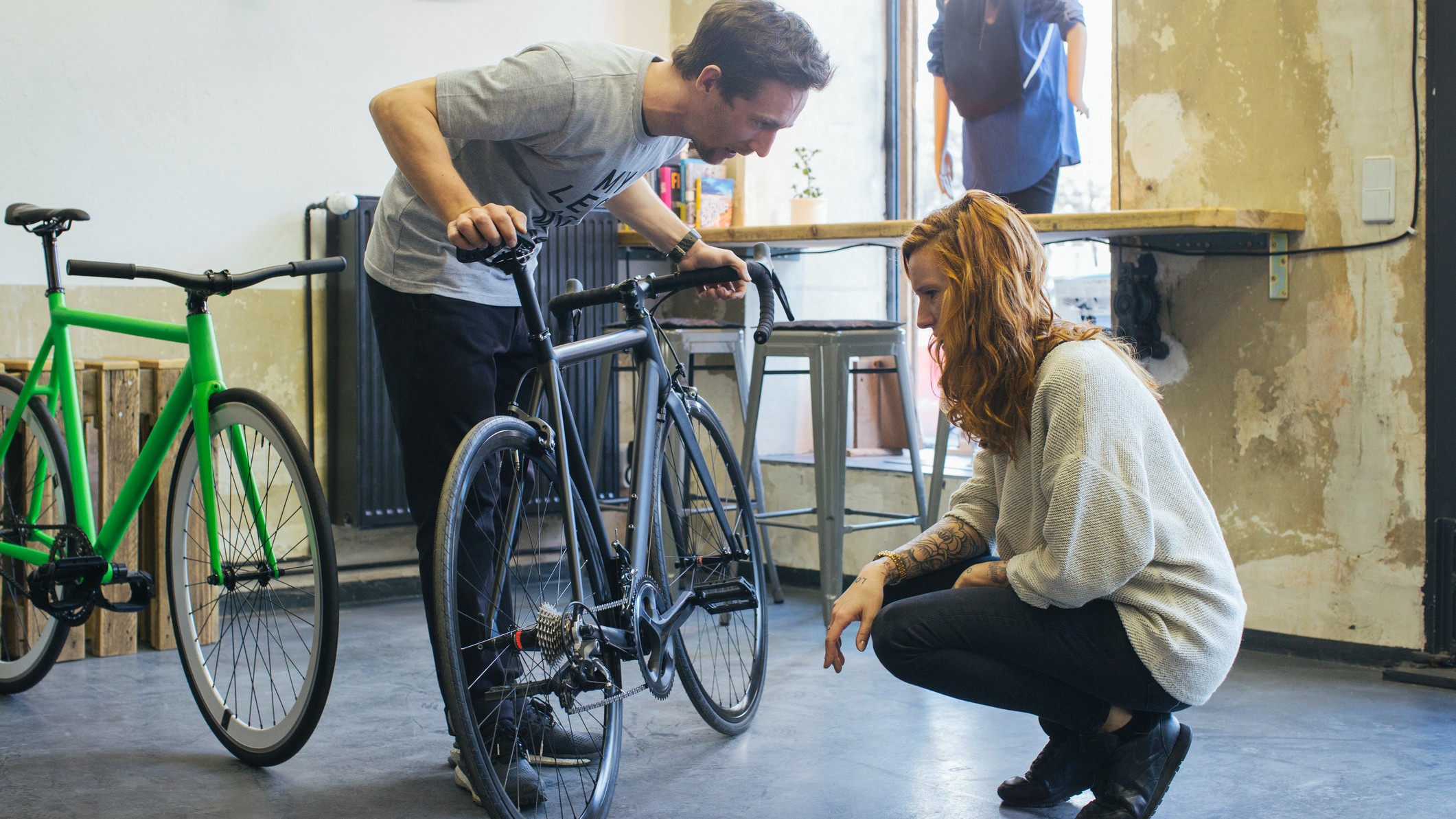
How a bike fits is one of the key things to get right when choosing a new bike. You’ll be much more comfortable and lessen the risk of injury if you’ve got your road bike size right and have your bike set up to fit your own requirements.
Even the best road bikes will feel dreadful if you're either too stretched out, or too cramped up to ride.
We’ve loads of experience of bike fitting here at Cycling Weekly, and have collected all our hints, tips and how to guide in one helpful bike fitting advice hub. We highly recommend taking time to read and watch through each element, but if you're pressed for time, or just want an overview of what you need to know, here’s a summary of our best advice on how to choose a bike that fits you.
What's the right size bike for me?
If you’re buying a new bike, you need to make sure you’ve got the right size frame. Bike makers will make a bike in several sizes; at the minimum there may be three to five or six, usually labelled either in cm or from small to large. But in some cases there will be dozens of size options or you might be able to choose a totally bespoke build to your own measurements.
The easiest and quickest, but probably crudest way of selecting the right size bike is to work on getting a size based on your height alone.
If your body shape is pretty average and you sit in the middle of a suggested size range, this will probably be about the right size frame. However, if you’re on the cusp between two size choices, it’s usually best to go for the smaller frame size out of the two; there’s generally enough adjustment in a bike’s bar and saddle height and the saddle’s fore/aft position that you should be able to set the bike up to be comfortable.
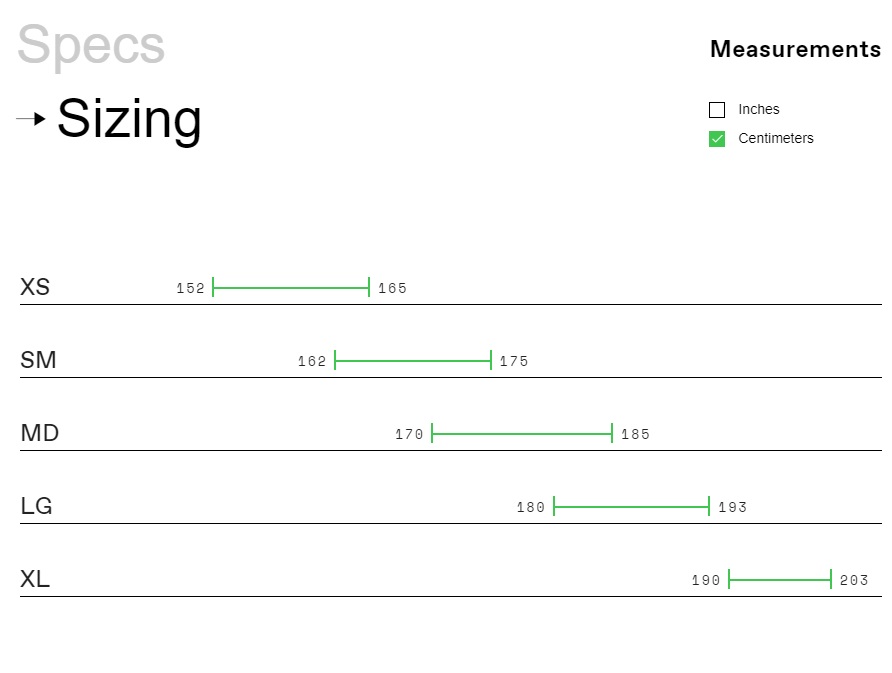
Reading from left to right, the sizes from XS to XL on this chart have been correlated to suggested rider heights in centimetres.
The chart above is a proprietary brand's size chart. As with a few things cycling related, there's unfortunately limited standardisation.
The best starting point when choosing your bike size is the brand’s website. There’ll be a size chart for each model somewhere. This will include a geometry chart that lists out all the dimensions of each model in the different sizes offered. It’s pretty complex, but usually includes a recommended rider height range for each size.
If you've just had a look at a manufactures bike sizes, quickly felt overwhelmed, then head over to Road bike geometry explained: how to choose a bike that suits you. It's a road bike geometry 101, and has a easy to understand video, which will bring you completely up to speed on all you need to know about what numbers to look for when getting the right sized road bike.
Once upon a time, all bike riders would have sized their bike based mostly on top tube length, and some manufactures will still order their bike size listing based on this number, eg 52, 54, 58, 60. But this is more down to cycling tradition as this number alone can be misleading. Head tube and seat tube angles, along with head tube and fork length are much more variable now and play a huge part in the size of a bike than top tube length alone. Although it does give you quick and dirty size idea.
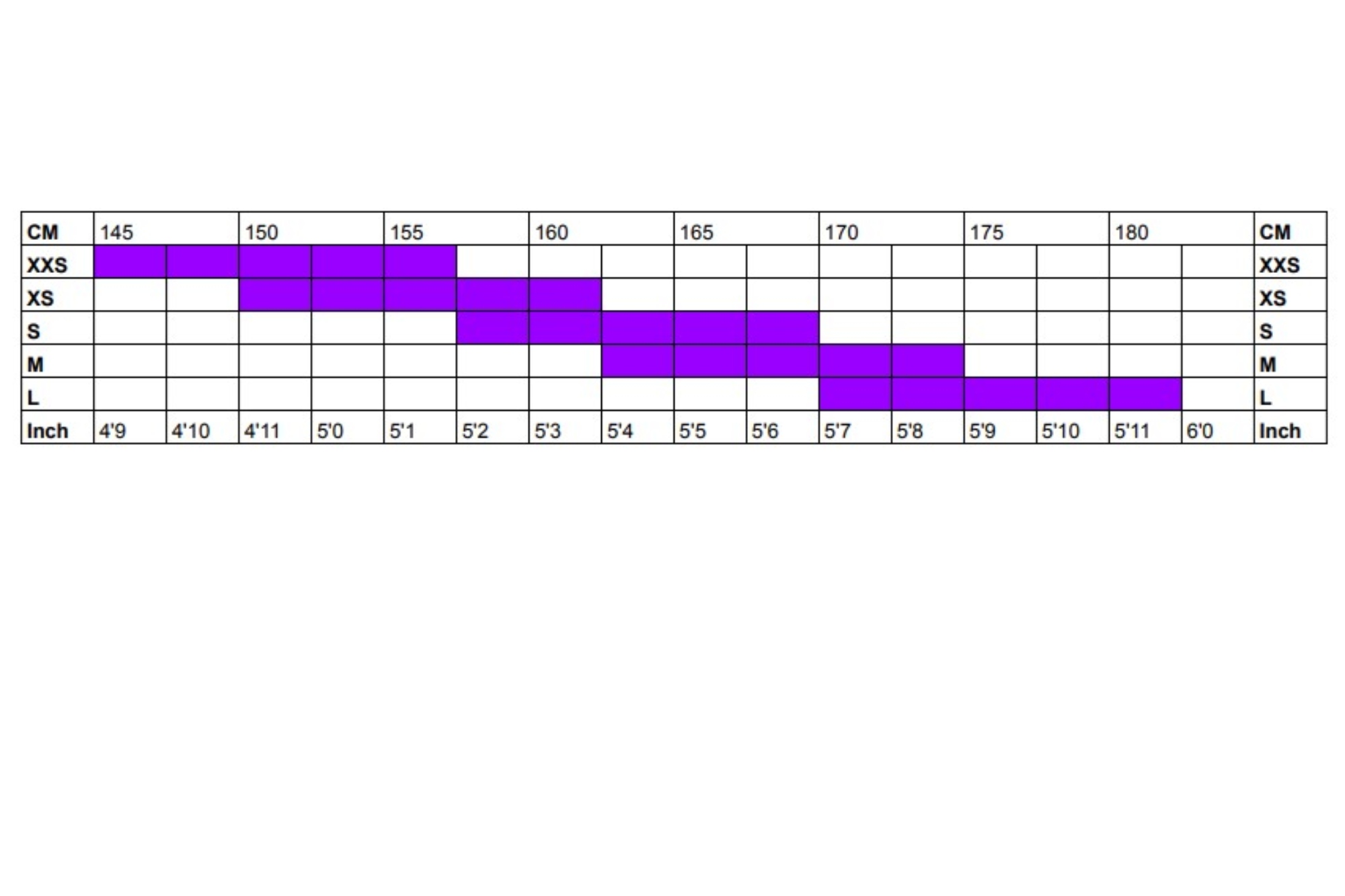
This women's bike size chart shows the range of sizes for bikes around the Liv bikes (a women's specific bike brand).
Women's bike size chart
If you're wondering if the size of bikes between men's and women's specific bikes differ, then you'll be interested to know it's a yes.
We've included lots of information on the best women's road bikes buyer's guide, specifically what makes a women's road bike female specific.
Again, sizing and bike geometry is brand dependant, but as a rough idea, women's road bikes are generally sold in smaller sizes, with the listed 'small, medium or large' not the equivalent of men's or unisex bikes. Using the rough top tube measurements, a women's small is around a 48cm top tube length, while a men's/ unisex is a 52cm top tube.
The importance of reach and stack
Arguably, no matter what gender you are, a more important measurement over rider height is your reach and stack numbers.
These are key dimensions to get right sized bike frame. The reach measures how long horizontally the frame is from the middle of the crank pivot to the top of the head tube, while the stack measures the vertical distance between these two points.
So these are defined measurements that you can use to compare different bikes and select the right sized frame for you. We’ve a lot more detail on in the road bike geometry page mentioned above, including why this measurement effects how a bike will fit and ride.
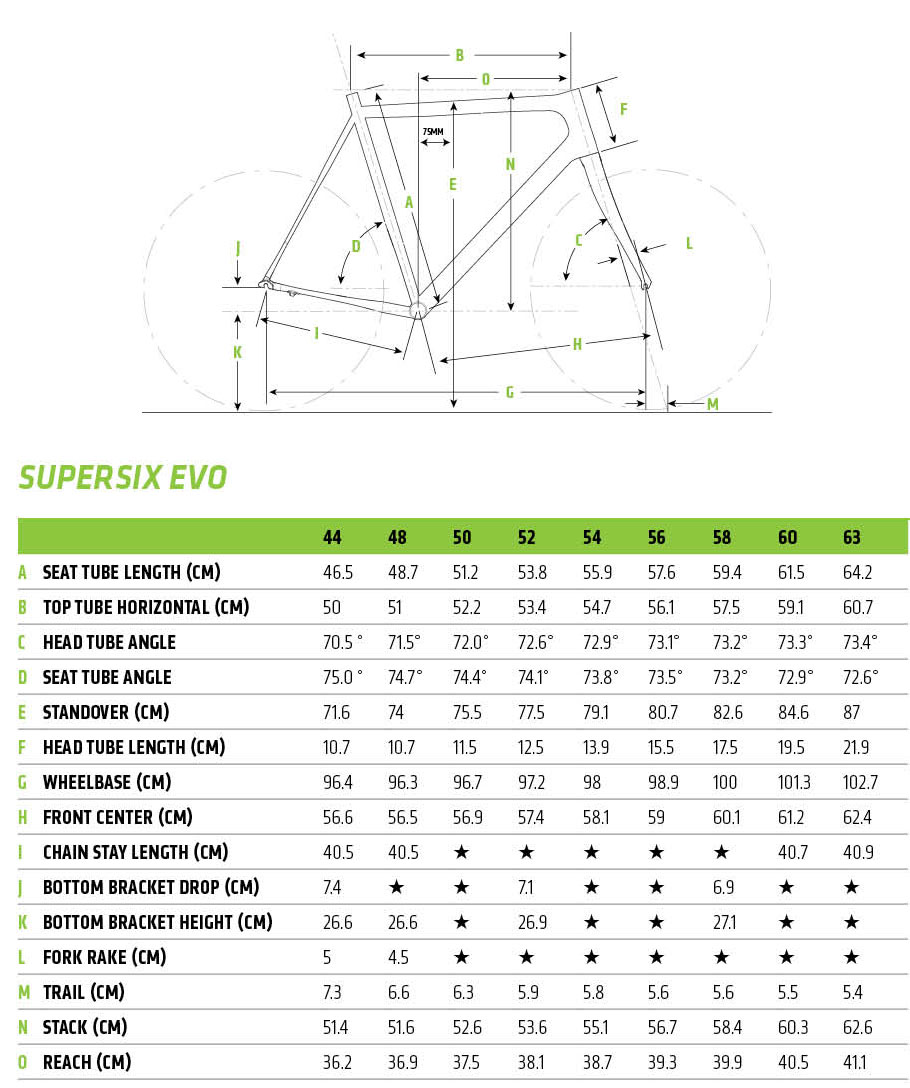
A size chart for Cannondale SuperSix Evo bikes includes the stack and reach at the bottom of the table.
Your optimum reach and stack will depend on the type of riding you’re doing. A race bike frame will typically have a longer reach and a lower stack, to put you in a lower, more aero position, while a bike geared towards endurance riders will have a shorter reach and higher stack, so that you ride in a more upright position.
If you’ve had a professional bike fit (see below for more information), you’ll have an idea of the optimal range of reach and stack to look for, which you can use to shortlist models and sizes that should fit you.
It’s worth noting here, that if you are doing a DIY bike fit, or getting pushing in to a very racy position, it might not work for you. We ask the former head of physiotherapy at British Cycling, Phil Burt, all about it when we asked him 'is your bike set-up too aggressive?'.
What is a professional bike fit?
A professional bike fit isn't just for professional bike riders!
The best way to be sure that your bike will fit you and that it’s set up right is to invest in a professional bike fit. A bike fitter will spend several hours with you, setting you up on a test bike indoors and having you ride it as they adjust the position of your saddle, bars and other components, to see how these changes affect your riding.
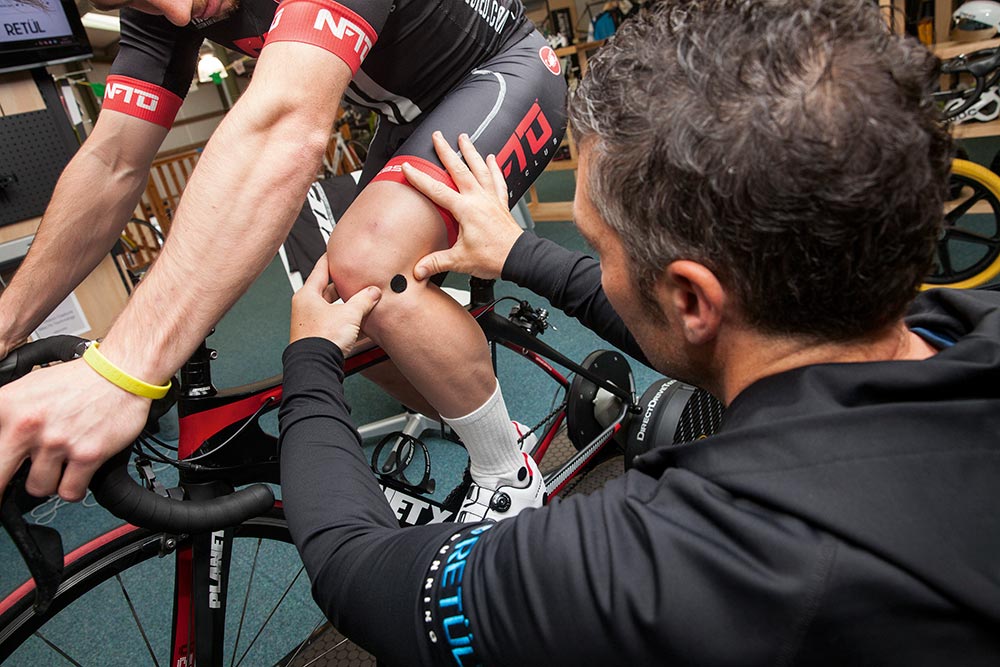
A professional bike fit will prevent you buying the wrong sized bike
Here's what to expect at a bike fit , but in summary, you’ll come away with a list of measurements that you can use to zero in on the best road bike and size to suit your needs. It should also be portable if you decide to swap bikes or buy another one in future.
It’s worth bearing in mind that your optimal fit may change over time, as age, weight and flexibility change. So we’ve advise getting your bike fit recallobrated in our page dedicated to five reasons you need to get a fresh bike fit.
The process will be an additional costs on top of buying a bike, although some bike shops offer it discounted, or offer a basic one for free when buying a bike with them. In fact it's one of the most important aspects of what to look for in your first road bike. It will save you a fortune on buying the wrong bike, and ensure that you’ve got the right dimensions to buy the right size bike for you.
Do it yourself bike fit
If you don’t want to spend your cash on a pro bike fit, there’s plenty you can do on your own, as we explain in our post DIY bike fit: how to set up your bike, which also sets out some of the pitfalls of doing your own fit.
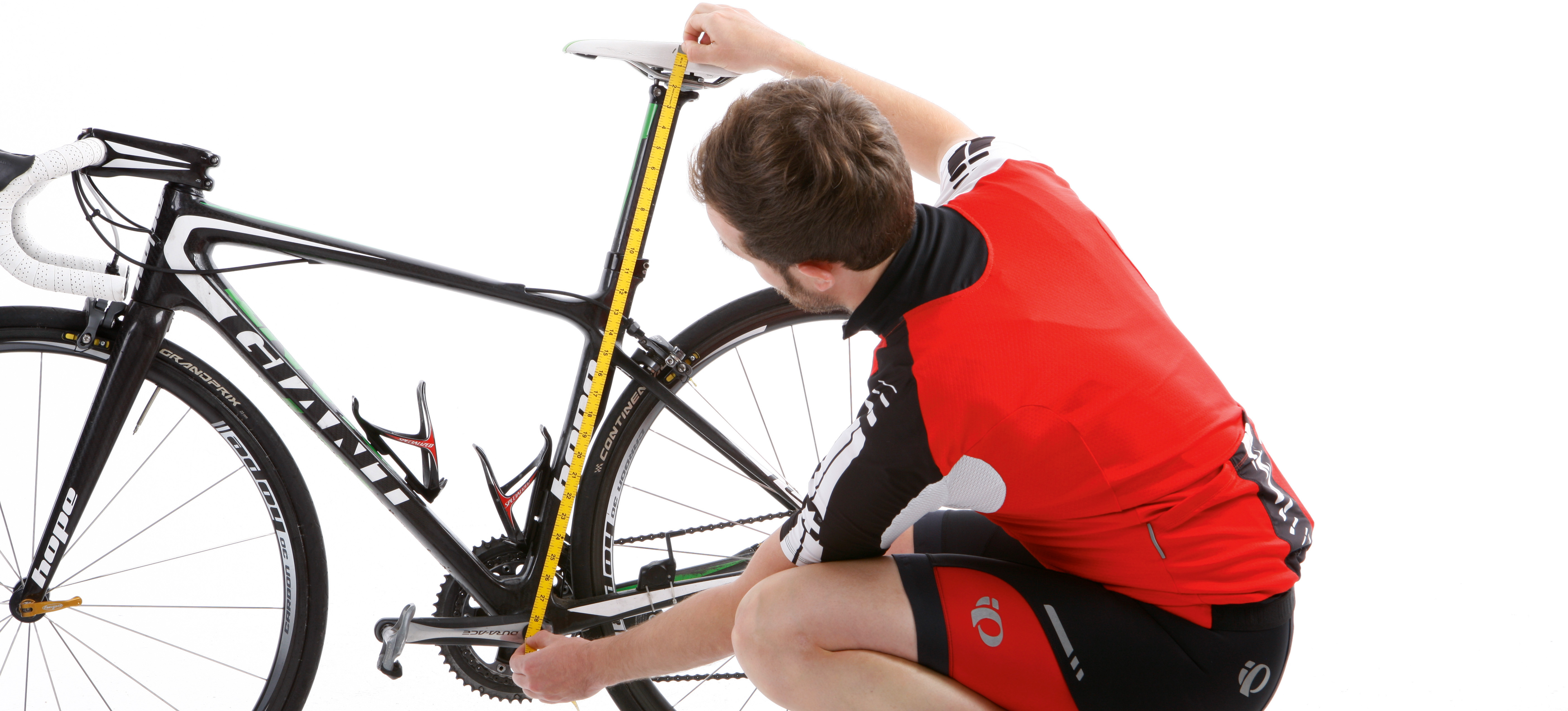
A key measure of road bike size is your saddle height. You can work this out roughly by using the LeMond formula: measure your inside leg length and multiply this by 0.885. You can also do it empirically by setting your saddle so that you can place the centre of your foot on the pedal with your leg straight.
We’ve more advice from the experts on how to set your saddle height and what to do if you’re suffering from cycling knee pain- a common symptom of incorrect saddle position - including some exercises to help.
Swap out your components
Still not comfortable on your bike? We’ve got lots of tips on how to choose the right saddle for you. It’s one of the main contact points between you and your machine, and the most personal. It’s possible a swap-out from your bike’s stock saddle will help. Again, it's something a bike fit can help with.
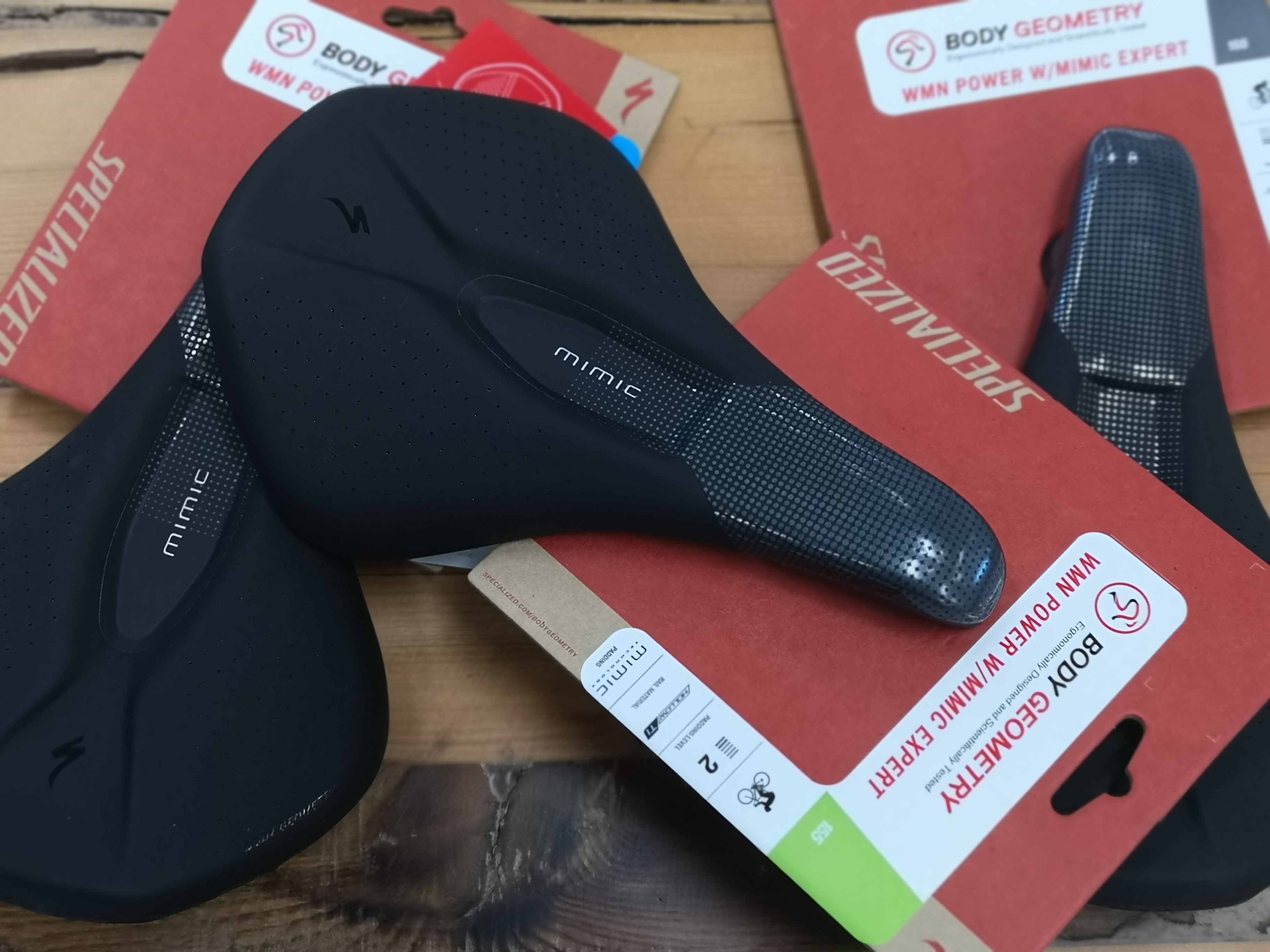
As the biggest contact point on your bike, trying a different saddle can make a huge impact on your bike comfort.
Reach to your bars may also be a factor if you’re suffering from discomfort in your shoulders, back, neck or hands. We’veadvice on what to doand on how toset and adjust your bar heightto suit you.
Seek advice on your road bike size
Above all, when selecting a new bike or if you have fit problems or discomfort, we’d recommend asking for advice from an expert. That might not come free, but it should be worth the expense to up your riding enjoyment, avoid injury and ensure that you’re getting the most from your cycling.
The latest race content, interviews, features, reviews and expert buying guides, direct to your inbox!
Simon Smythe is a hugely experienced cycling tech writer, who has been writing for Cycling Weekly since 2003. Until recently he was our senior tech writer. In his cycling career Simon has mostly focused on time trialling with a national medal, a few open wins and his club's 30-mile record in his palmares. These days he spends most of his time testing road bikes, or on a tandem doing the school run with his younger son.
